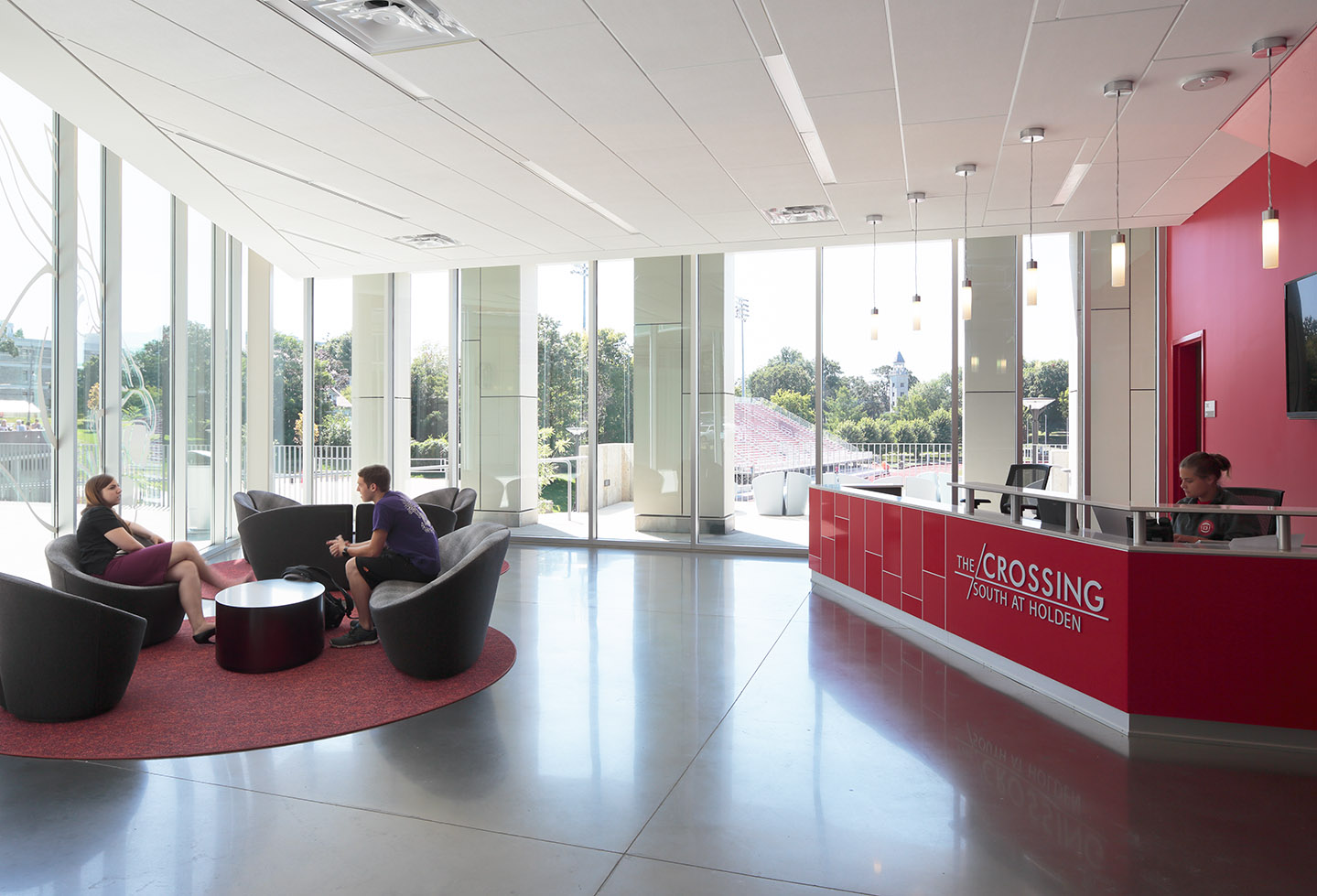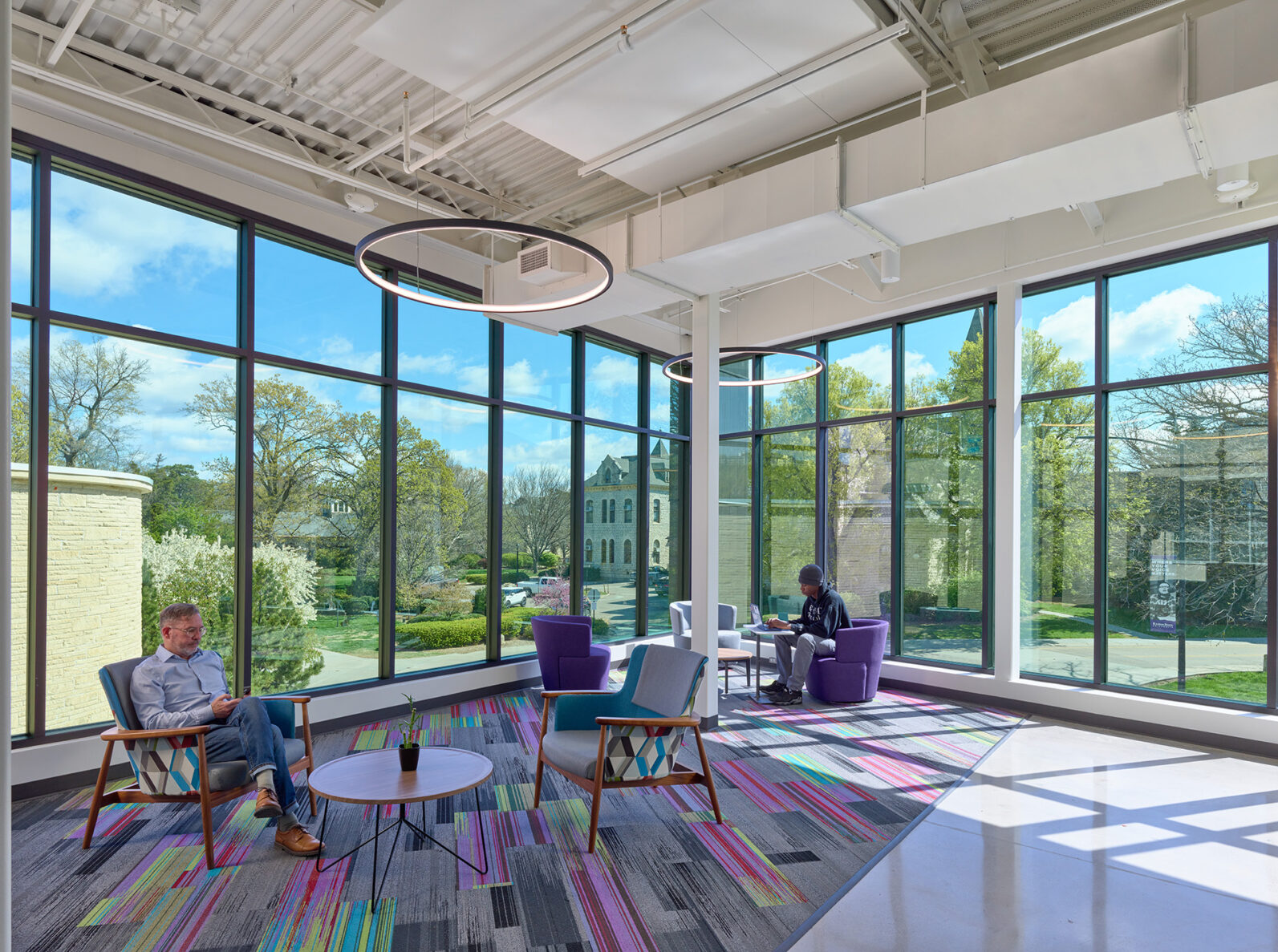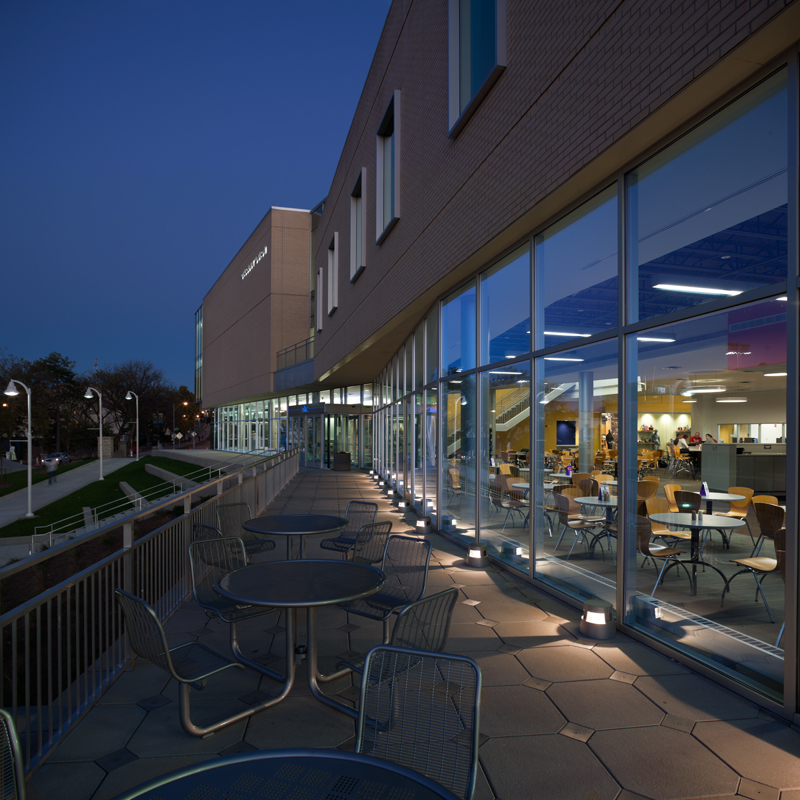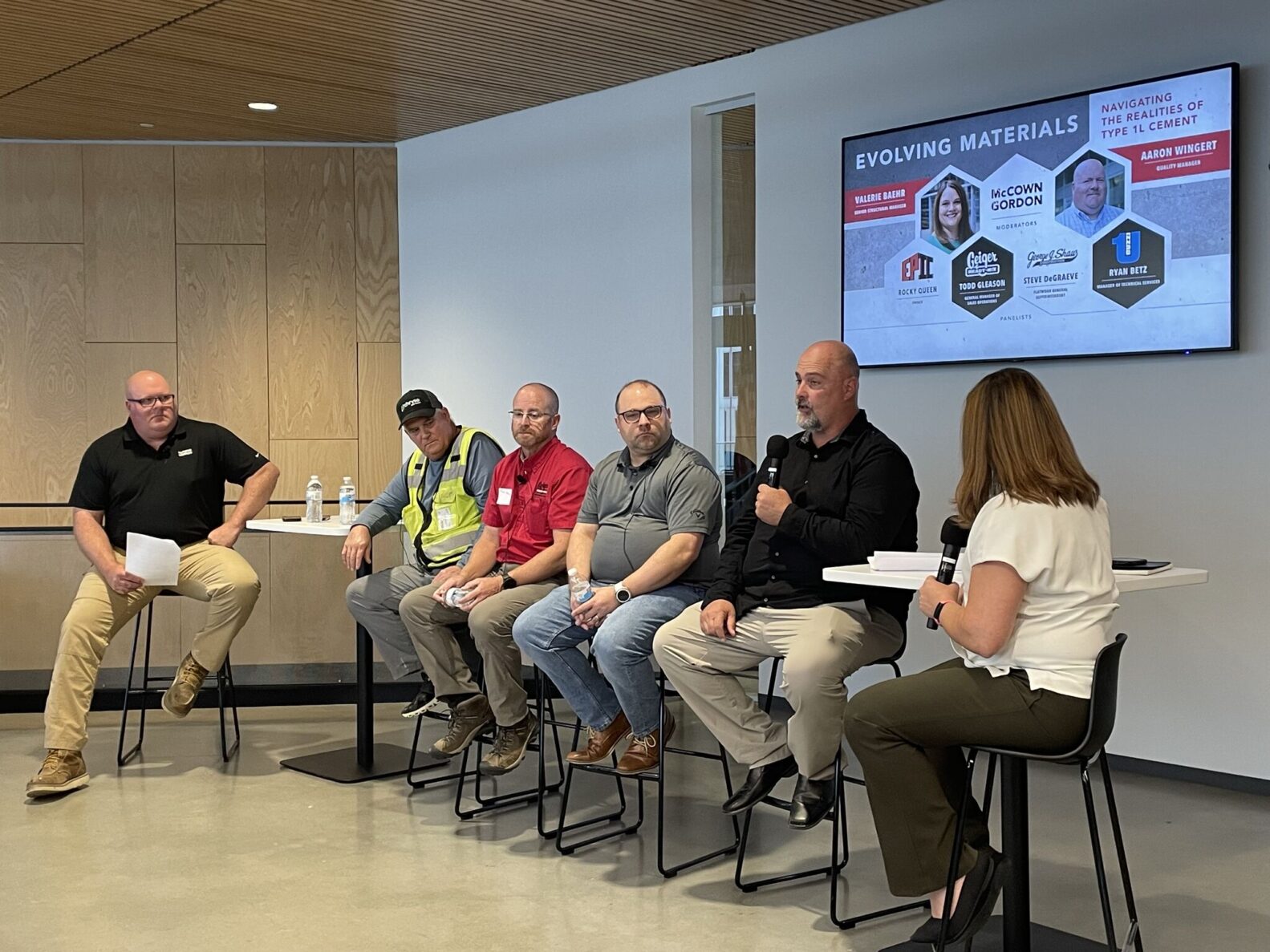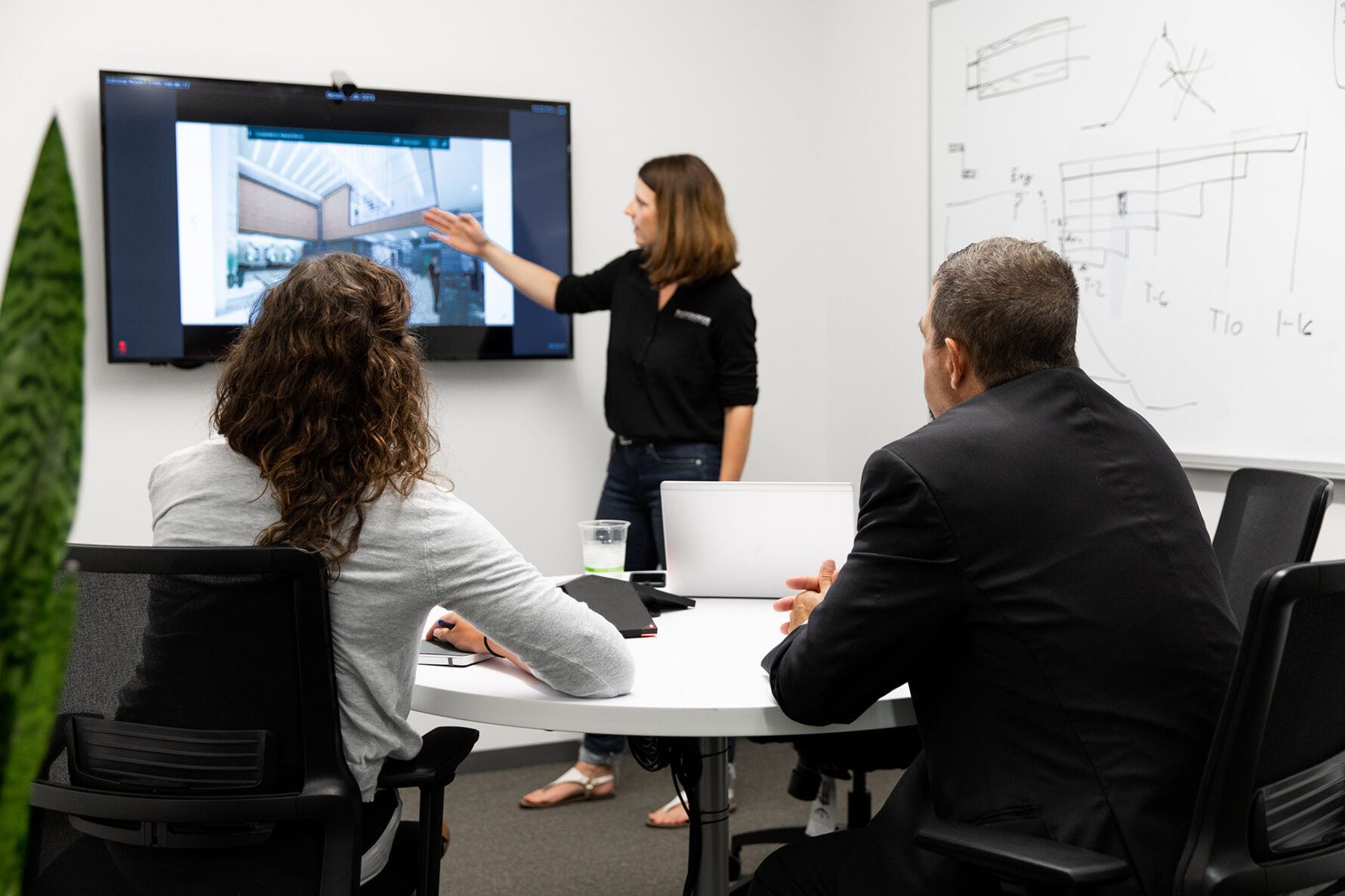Optimizing The Student Housing Experience

Residence halls are a staple piece of the college experience. It’s where memories are made with new friends, late nights are had studying for finals – and countless hours of binging the latest Netflix drama. Residence halls play a big role in the decision of where to go to college for students as they know they will be spending much of their time there. That’s why universities are getting more thoughtful and creative with the design and construction of resident halls than ever before.
Here are some key considerations when building your next residence hall:
Going Vertical
Vertical residence halls offer several advantages to university campuses including a smaller footprint on the ground. This allows for more land on the site to be allocated to green spaces, recreational areas and parking. All elements critical to the success of a student’s experience. Vertical residence halls also offer expansive views, creating unique living experiences for the residents.
Site Location Relative to Campus Amenities
Selecting the right site for the new residence hall is crucial. College campuses are packed with resources and amenities that have to be taken into consideration when selecting the new residence hall location. Accessibility is a huge factor for students, as one of the main appeals of living on campus is being close enough to all the amenities to walk, bike, or take a short bus ride.
The location of the student housing also affects the design depending on the nearby resources. For example, if the residence hall is near the library, you may want to avoid incorporating too many study rooms into the design to not overshadow the library. It is important for students to utilize existing campus amenities to encourage a more connected campus experience for residents.
Designing Functional and Engaging Community Spaces
It is important that money spent on non-revenue generating amenity spaces within residence halls is utilized effectively for their intended purpose – engaging the students. If these spaces go unused once the students move in, they add cost without value. Studies have found that community spaces in residence halls are much more frequently used by students if they can serve multiple functions; studying, lounging, teaching and gathering. Flexible furniture allows students to adapt the environment to their individual needs. Students’ environments contribute greatly to their academic and personal success. It is important to design the entirety of the residence hall with the students in mind.
Maintaining the Student Experience & Safety During Construction
When building a residence hall on an active campus, it is critical to partner with a construction manager who has experience working on tight sites and minimizing the impact on the students. At McCownGordon, we provide detailed logistics planning and clear wayfinding to minimize our impact on campus. We are also cognizant of quiet times and finals weeks to ensure we are minimizing the amount of noise we make during these times. We integrate and support the university’s communication methods to keep students and faculty informed of the construction process.
Residence halls are the backbone of college campuses and student’s experience. It is important for universities to evaluate the priorities of their campus and students, and incorporate design elements into residence halls that will enhance the student experience.

